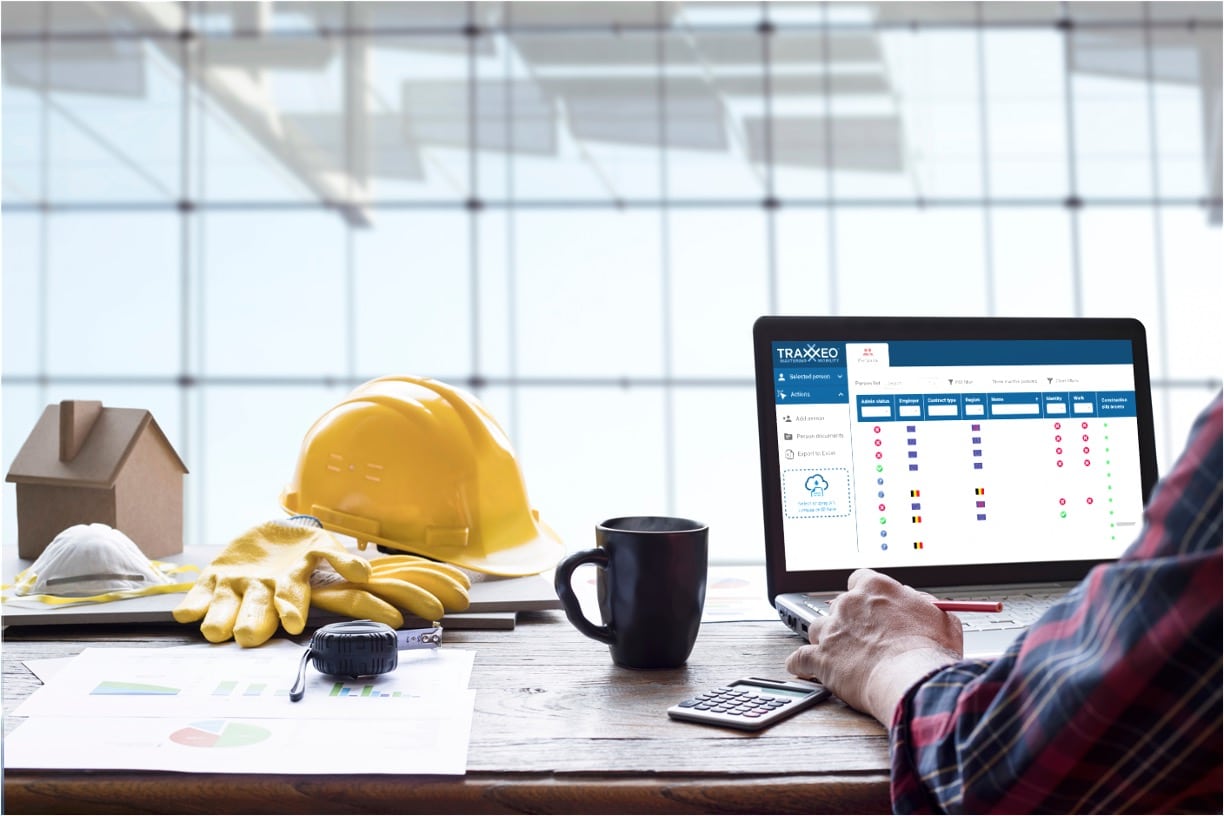Reliable Construction Document Management Solutions for every single Task
Reliable Construction Document Management Solutions for every single Task
Blog Article
Enhancing Workflow Efficiency: Designer's Expert Approaches for Construction Paper Administration
In the realm of building design and building, the careful monitoring of papers stands as a foundation for job success. These techniques not only make certain smooth project progression however likewise hold the essential to unlocking boosted efficiency and precision in the complex world of building and construction paper administration.
Key Record Company Strategies
When taking care of building documents, among the crucial methods that architects utilize is establishing a reliable and systematic company system. This system commonly involves categorizing documents based on their type, such as drawings, requirements, contracts, and permits. By developing unique and clear classifications, designers can swiftly locate particular information when required, saving time and lessening errors in the building process.
Within each group, engineers additionally arrange files by making use of or developing subfolders numbering systems to signify variations or alterations (construction document management). This hierarchical structure makes sure that one of the most existing and relevant details is easily obtainable while keeping a document of modifications made throughout the project timeline
Moreover, architects typically make use of digital document monitoring platforms that offer attributes like keyword search functions, version control, and gain access to constraints to enhance organization and partnership among task stakeholders. These devices simplify the paper retrieval process, promote real-time updates, and assist in smooth interaction, eventually adding to the general success of the building and construction task.
Collaborative Platform Integration
To optimize paper administration effectiveness in building jobs, architects flawlessly incorporate collective systems to boost interaction and simplify control among task stakeholders. By leveraging collective systems such as task management software program, cloud-based storage space systems, and communication tools, engineers can create a central center for all project-related records and communication networks. These systems allow staff member to gain access to, testimonial, and collaborate on files in real-time, lowering hold-ups and the danger of errors connected with conventional record management methods.
Collaborative system combination also cultivates transparency and responsibility within the job team, as all stakeholders have visibility into the most recent job updates and modifications. By systematizing communication and paper sharing, architects can make sure that all group members are working from one of the most up-to-date information, minimizing the chances of misunderstandings or problems occurring as a result of out-of-date documents.
Moreover, collective systems enable seamless cooperation between engineers, service providers, customers, and other task stakeholders, advertising a more cohesive and effective task operations. By breaking down interaction obstacles and facilitating info exchange, architects can drive performance and development in construction jobs, inevitably bring about effective job outcomes.
Version Control Best Practices
Executing efficient variation control techniques is essential for keeping record accuracy and uniformity in building jobs. By developing a clear system for managing alterations, project teams can ensure that every person is functioning from the most up-to-date documentation, reducing the threat of mistakes and inconsistencies throughout the construction stage.
One of the crucial finest techniques for variation control is to appoint unique identifiers to every record version. This can be accomplished by utilizing a numbering system or date stamp that clearly shows the order of alterations. By plainly identifying each iteration, staff member can easily track the progression of the paper and determine the most current variation.

Automation Tools for Effectiveness

Document control software application, like Procore or PlanGrid, centralizes project documentation, making it easily obtainable to all stakeholders. These platforms enable real-time cooperation, version control, and automated back-ups, protecting against data loss. Additionally, Structure Information Modeling (BIM) software automates the generation of construction drawings and makes sure that adjustments are integrated throughout all related files.
Integrating automation devices with cloud storage solutions even more enhances access and safety. By automating the paper monitoring process, project groups can concentrate their time and initiative on value-adding tasks, eventually improving performance and project results.
Secure Data Monitoring Solutions
Efficiently safeguarding and taking care of job data is vital in the building industry to make sure confidentiality and click for more info stability throughout the project lifecycle. Building companies can make use of encrypted cloud storage services to safely share and save job records with accredited employees.
Moreover, using electronic legal rights monitoring (DRM) tools includes an extra layer of safety and security by protecting against the unauthorized circulation or duplication of job papers. i thought about this Regular data back-ups are important to mitigate the threat of data loss because of unpredicted circumstances like hardware failings or cyber-attacks. Collaborative systems with integrated security functions make it possible for smooth communication and data sharing amongst job group members while maintaining information honesty.
Conclusion
To conclude, applying key document company methods, integrating collective platforms, exercising variation control ideal practices, making use of automation devices, and adopting protected data administration options are essential approaches for improving process effectiveness in building paper monitoring. These skilled approaches can simplify procedures, improve communication, ensure precision, and keep information safety throughout the building project lifecycle.
In the realm of building layout and building, the precise management of documents stands as a keystone for task success. These methods not only ensure smooth task development however also hold the vital to opening enhanced performance and accuracy in the elaborate realm of building and construction paper administration.
To optimize record administration efficiency in building and construction jobs, architects seamlessly incorporate collective systems to improve communication and enhance sychronisation amongst job stakeholders. These systems enable group members to access, testimonial, and collaborate on records in real-time, decreasing hold-ups and the danger of mistakes associated with typical file monitoring approaches.
Making use of automation tools in construction document monitoring considerably enhances performance and simplifies Source procedures for job groups. construction document management.
Report this page